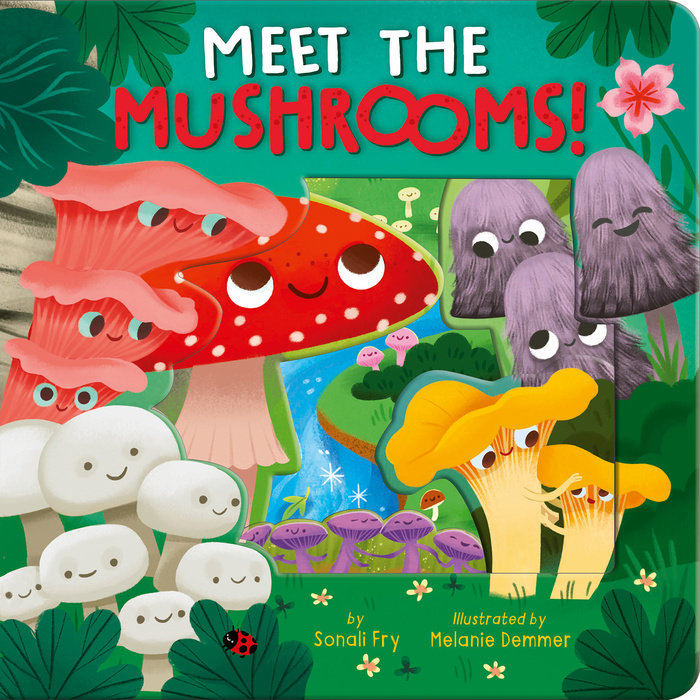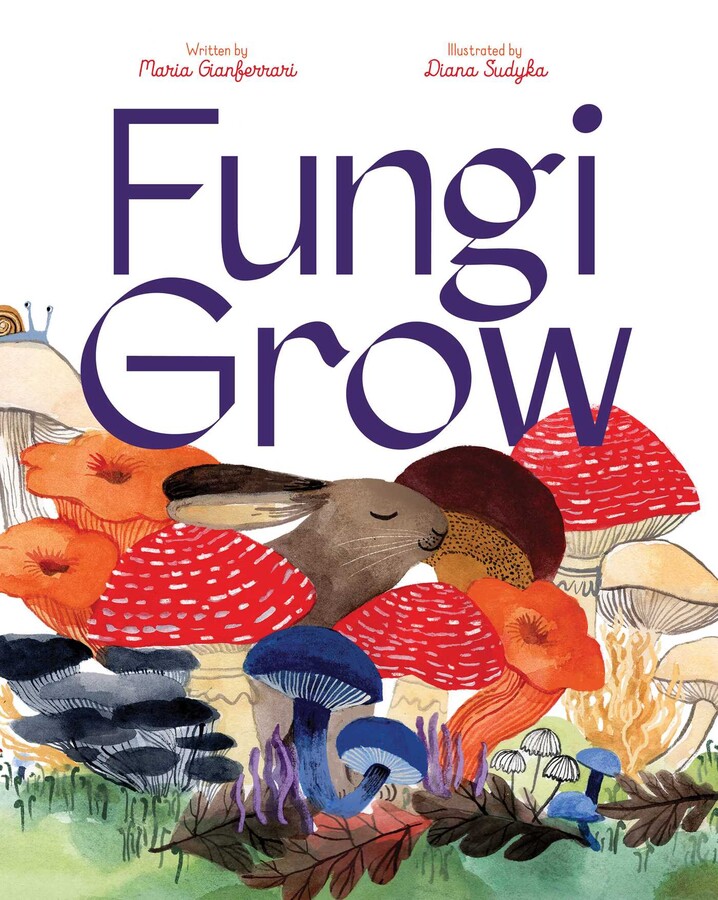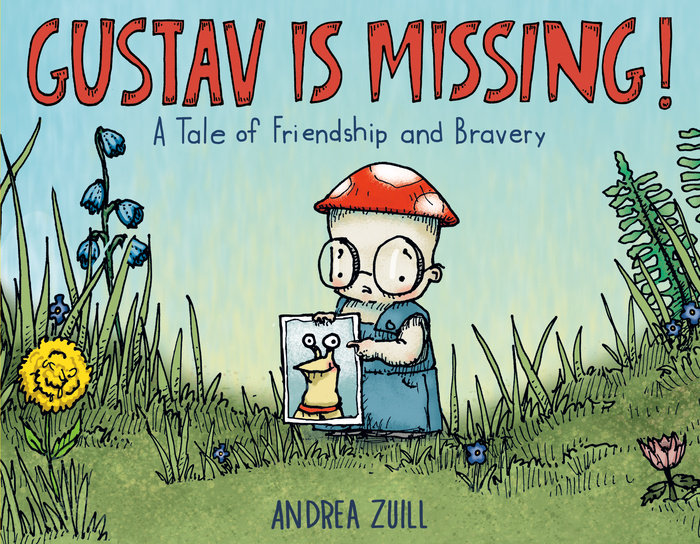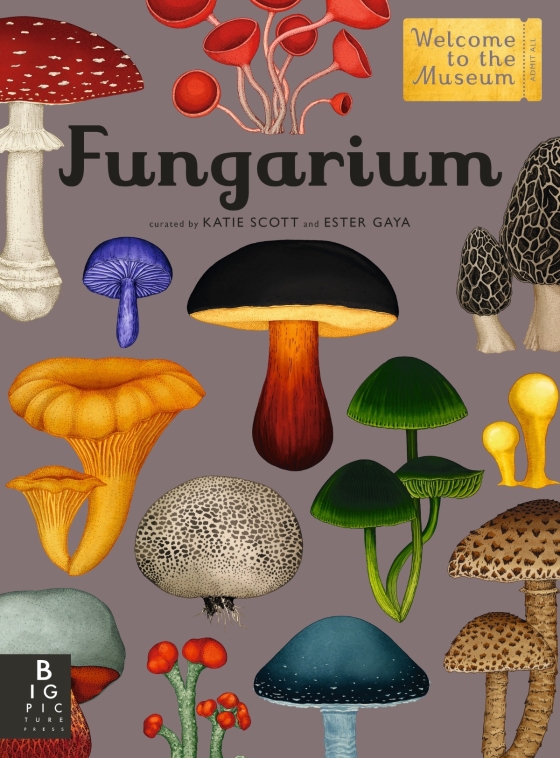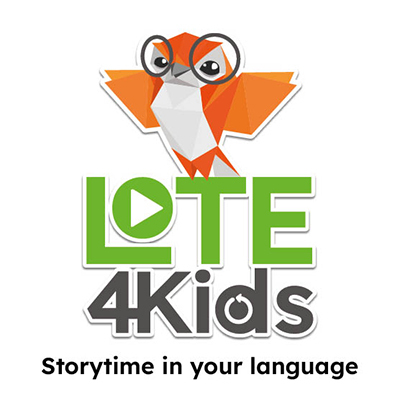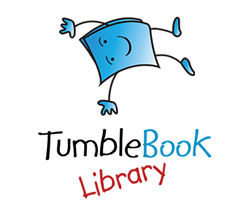. . . and other fun-guys, or fungis!
Do you have a budding mushroom and/or fungi lover in your life? You’re not alone; there is definitely something sporing in the air and plenty of fungus among us. Okay, that might be enough puns for now, but it does seem like the mushroom has been popping up everywhere lately, from cute accessories to interior décor to critically-acclaimed documentaries to your very own backyard or favorite spot of Missouri greenspace. I like to think the mushroom’s trendiness is due to the fact that there’s a little something for everyone in the fungi kingdom. Fungi are, after all, neither plant nor animal, but some other creature in-between or beyond. Plus, the technicolor spread of variety amongst fungi makes mushrooms, which are technically the fruit or fruiting body of a fungus, both adorable and endlessly fascinating —as well as in some cases, appetizing!
So, if you have gotten thoroughly tangled up in the mycelium (root-like structures of a fungus), or are just starting to sprout interest in the subject, I’ve compiled a list of resources for the aspiring mycologist (a.k.a. mushroom scientist). Read on for some cap-tivating choices. . .
For the littlest caps, try “Meet the Mushrooms!”
This sturdy board book features interactively layered die-cut cardboard pages so the very youngest of mycologists can explore the various colors, shapes and sizes of all kinds of little mushroom guys.
For fabulous fungi facts, try “Fungi Grow”
Come for all the entry-level fungi facts, and stay for the absolutely enchantingly GORGEOUS gouache watercolor illustrations! This is a wondrous primer that highlights over 50 different kinds of fungi and includes startling facts, such as the ability of certain fungi to digest petroleum/oil to create oyster mushrooms.
![Page detail from the children's nonfiction picture book, "Fungi Grow," detailing how fungal spores can be carried off on a "puff" of wind after being "spurt[ed]" from the fungus's cap. The particular fungi highlighted on this spread include the Indigo milk cap, the Hedgehog mushroom, the Bolete, the Violet cort, and the Cottony rot fungus.](https://www.dbrl.org/wp-content/uploads/2024/02/fungi-grow-page-detail-scaled.jpg)
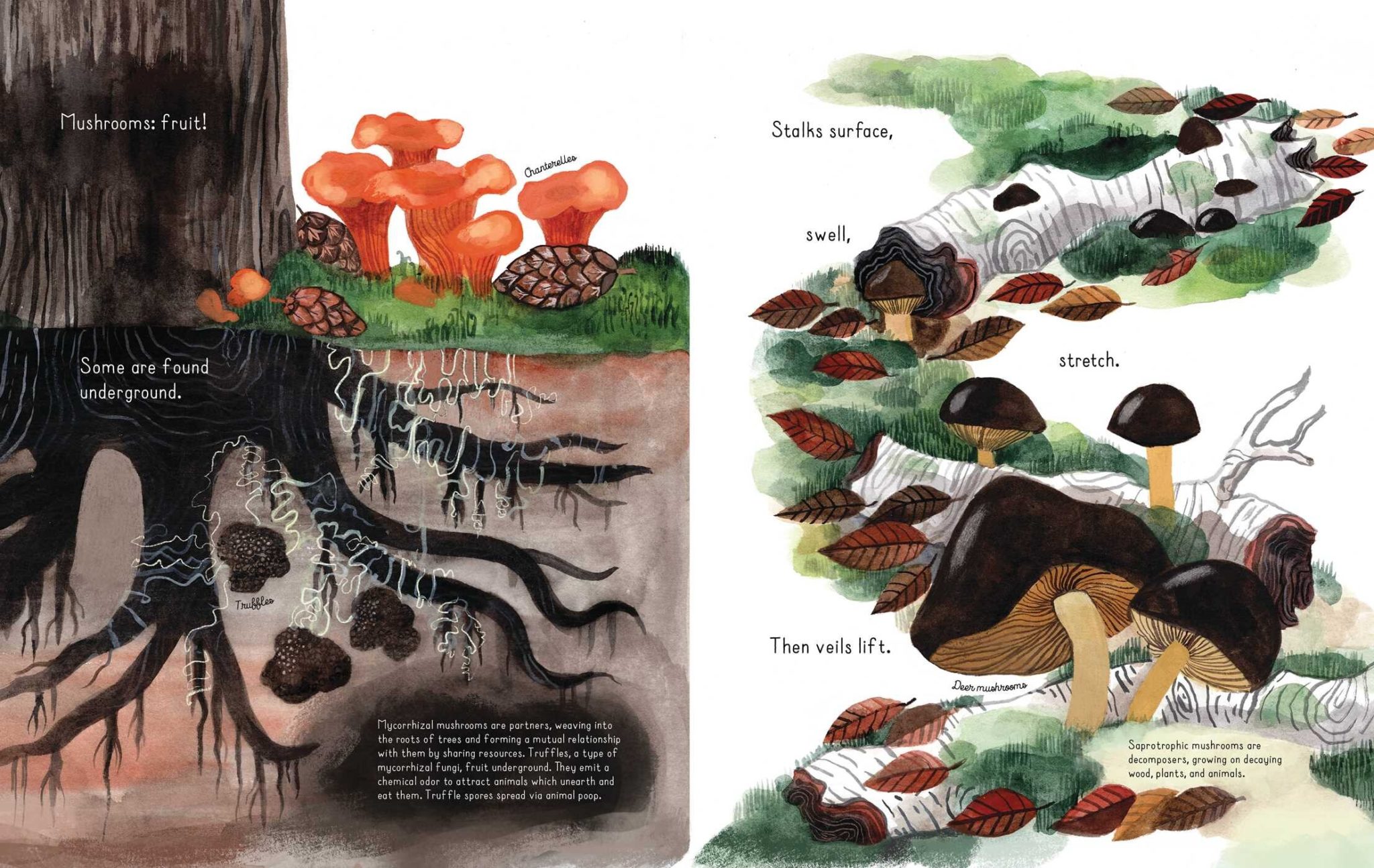
For a sweet story, try “Gustav Is Missing!”
Little Cap is the bespeckled shy hero and overall-wearing anthropomorphic mushroom of this tender tale about his search for his best friend/beloved pet Gustav, a mischievous snail who escapes one day when the garden gate is accidentally left open. 
For the precocious pupil, try “Fungarium”
This oversized tome from the folks at Kew Gardens across the pond in the U.K. is densely packed with facts and analysis about the evolution and biology of the fungi kingdom, emphasis on the word dense. The text and organization of this title is meant to mimic a museum exhibition, with each chapter named as a “gallery,” probably because Kew Gardens has a real-life, brick-and-mortar Fungarium on its grounds that houses “over 1.25 million dried specimens.” The text that accompanies the illustrations reads closer to a scientific article, so definitely a resource for the academically-minded mushroom buff.

 warning — please try this only at home
warning — please try this only at home

As I come to the end of this blog post, I would be remiss if I didn’t supply a warning that the titles I’ve recommended are for thinking and learning about mushrooms at home in a non-experiential setting. If you and your budding mycologist are interested in learning how to safely forage for mushrooms in the wild, you’ll find more relevant and supportive titles here. Since so many mushrooms are poisonous when ingested — in a rare number of cases, the toxin can even be absorbed through the skin 


